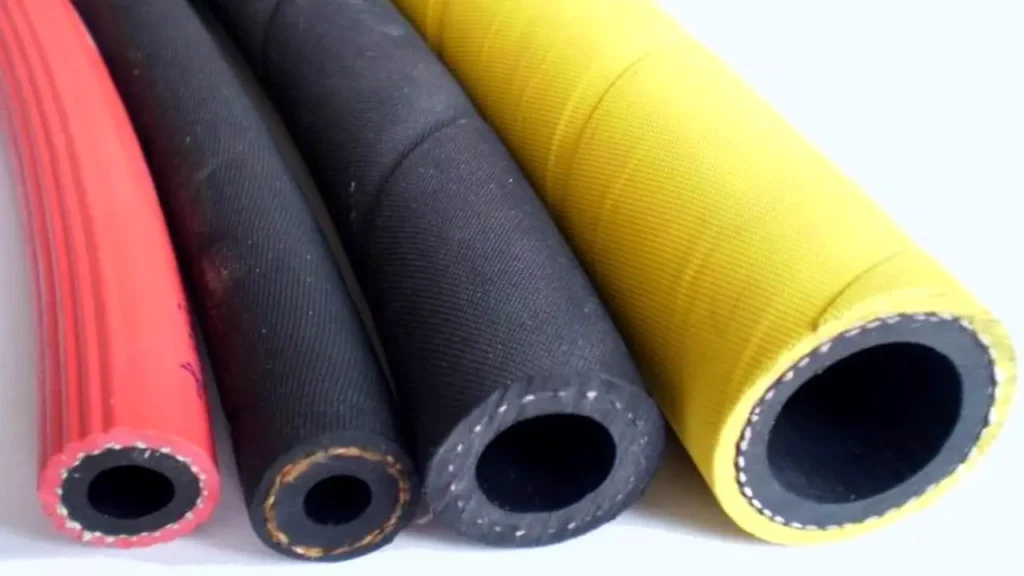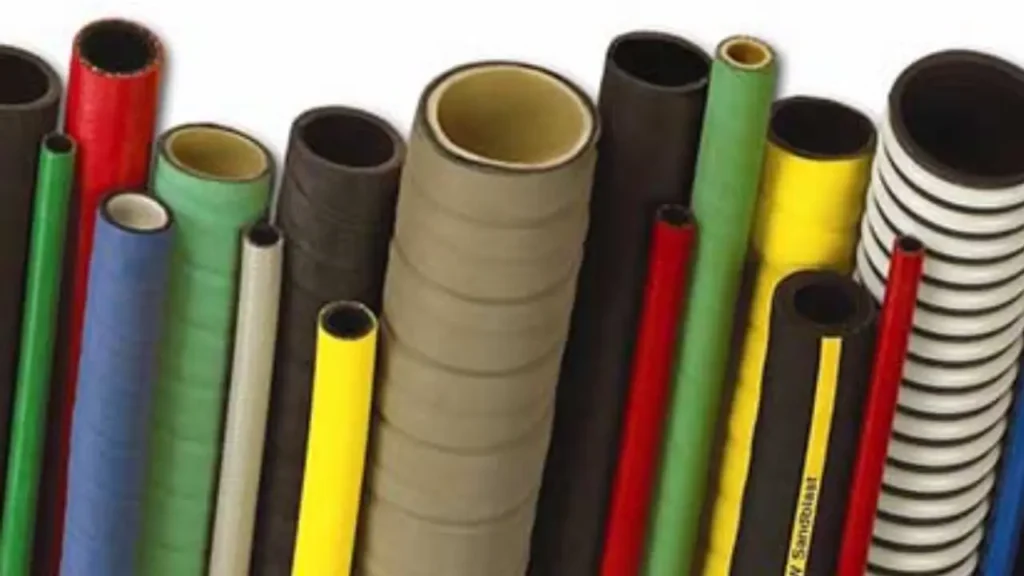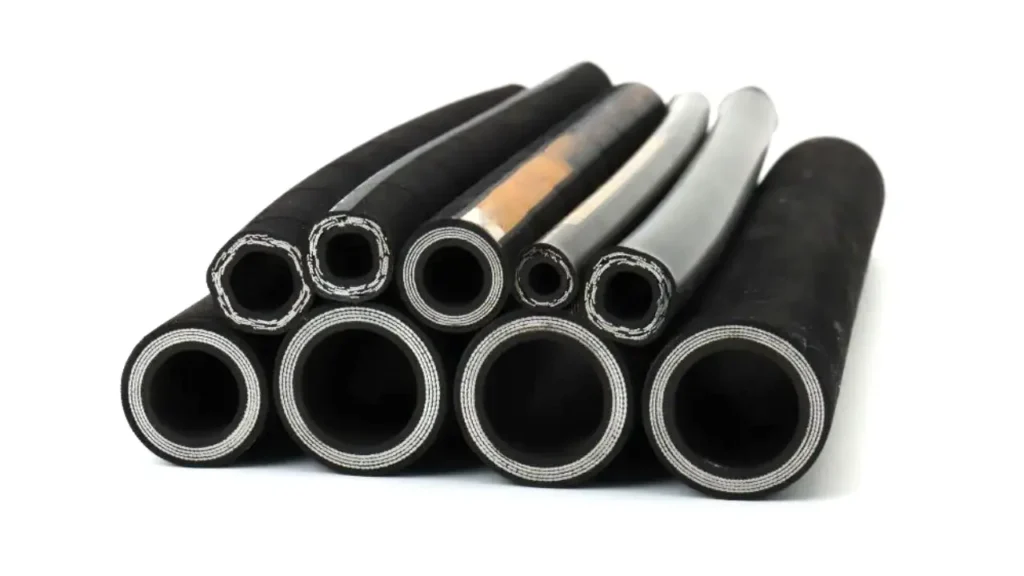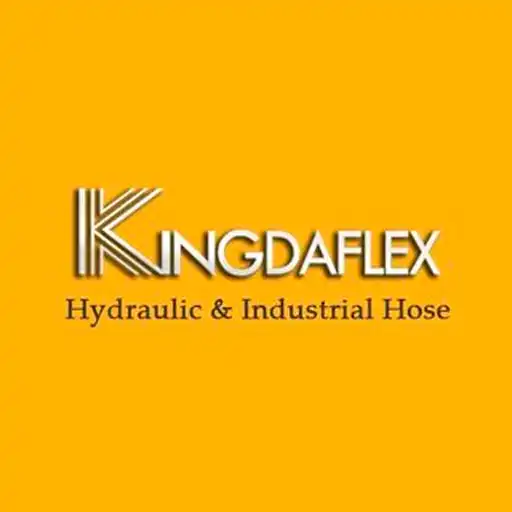Rubber hose flexibility plays a crucial role in ensuring smooth operation, easy installation, and long-lasting performance in industrial and automotive applications. Flexible hoses can adapt to tight spaces, resist kinking, and handle dynamic movements without compromising airflow or fluid delivery, making them essential for efficient system performance.
Understanding how to make rubber hoses more flexible helps improve productivity, reduce maintenance costs, and enhance safety. From material selection to design optimization, several factors affect flexibility. In this blog, we will explore practical methods, tips, and techniques to increase hose flexibility and achieve better functionality across various uses.
What is Rubber Hose Flexibility?

Rubber hose flexibility refers to the hose’s ability to bend, twist, and move without cracking or losing its structural integrity. Flexible hoses are easier to handle and install, especially in confined spaces or systems with frequent movement. This property ensures smooth operation and consistent fluid or air flow under varying conditions.
The flexibility of a rubber hose depends on several factors, including material composition, wall thickness, reinforcement type, and temperature range. High-quality flexible hoses can withstand bending, vibration, and pressure changes while maintaining performance. As a result, they are widely used in industrial, automotive, and pneumatic applications for efficiency and durability.
Factors Influencing Rubber Hose Flexibility
Rubber hose flexibility depends on various design and material factors that determine how easily the hose can bend and perform under pressure. Understanding these factors helps in selecting the right hose for different industrial, automotive, and pneumatic applications while maintaining durability and performance consistency.
- Material Composition: The type of rubber used—such as natural, synthetic, or blended compounds—affects elasticity, softness, and resistance to temperature or chemicals, influencing how easily the hose can flex.
- Reinforcement Layers: The strength and arrangement of textile or steel reinforcements determine flexibility, balancing bend radius with pressure resistance for reliable operation.
- Wall Thickness: Thinner walls allow more bending but may reduce pressure capacity, while thicker walls enhance durability but limit movement and flexibility.
- Temperature Range: Exposure to high or low temperatures changes the hose’s elasticity, making it either softer and more flexible or stiffer and less maneuverable.
- Design and Construction: Spiral or braided designs improve flexibility by allowing smoother bending and reducing stress points during repetitive movements or pressure fluctuations.
How to Make Rubber Hoses More Flexible?

Enhancing the flexibility of rubber hoses improves handling, installation, and overall performance. By considering material choice, construction methods, and environmental factors, you can extend hose life and efficiency. Below are practical tips to increase flexibility in industrial and pneumatic rubber hoses.
Use High-Quality Rubber Materials
Selecting superior rubber compounds, such as EPDM or nitrile blends, improves elasticity and resilience. High-quality materials maintain flexibility under temperature variations and repeated bending, reducing the risk of cracking, kinking, or deformation over long-term use in demanding applications.
Using advanced synthetic rubber materials ensures the hose retains softness and pliability while resisting chemicals, abrasion, and aging. This combination of durability and flexibility allows hoses to perform reliably in dynamic systems, even under extreme conditions or heavy-duty operations.
Optimize Hose Wall Thickness
Reducing wall thickness increases bendability while maintaining structural integrity. Carefully engineered walls allow hoses to flex more easily without compromising pressure handling or durability, making installation in tight spaces simpler and reducing stress during operation.
Balanced wall thickness also prevents excessive stiffness while supporting system pressure requirements. Optimized hoses maintain consistent airflow or fluid flow, ensuring efficiency and reliability. This design approach combines flexibility with safety and long-term performance in industrial settings.
Incorporate Proper Reinforcement
Using braided or spiral reinforcement enhances flexibility by distributing stress along the hose length. Proper reinforcement supports bending and twisting without causing kinks or weakening the hose, ensuring safe and smooth operation.
Reinforced hoses resist pressure bursts while remaining pliable, allowing them to navigate complex routing paths. This method balances strength and flexibility, making hoses ideal for applications requiring repeated motion or frequent adjustments.
Maintain Optimal Storage and Temperature
Storing hoses at recommended temperatures and avoiding prolonged exposure to extreme heat or cold preserves flexibility. Proper storage prevents hardening or brittleness, keeping hoses ready for use without performance degradation.
Temperature-controlled storage also prevents chemical or UV damage that can reduce elasticity. Maintaining hoses in optimal conditions extends their lifespan, improves flexibility, and ensures safe, reliable operation for industrial and automotive applications.
Regular Maintenance and Lubrication
Periodic inspection, cleaning, and the use of compatible lubricants help maintain hose flexibility. Removing debris, buildup, or contaminants prevents stiffness and preserves the hose’s bending properties over time.
Lubrication reduces friction during bending and connection, allowing hoses to flex more freely. Regular maintenance also identifies early wear or damage, ensuring continued performance and minimizing the risk of unexpected failures in critical systems.
Tips for Maintaining Rubber Hose Flexibility

Maintaining rubber hose flexibility is essential for long-term performance, safety, and reliability. Proper care, storage, and handling prevent cracking, kinking, or stiffness, ensuring hoses remain easy to install and operate. Following best practices extends hose lifespan and preserves their efficiency in industrial, automotive, and pneumatic systems.
- Proper Storage: Store hoses in a cool, dry place away from direct sunlight, chemicals, and sharp objects. This prevents UV damage, hardening, and premature aging, keeping hoses soft and flexible for smooth operation.
- Avoid Excessive Bending: Do not bend hoses beyond their recommended minimum bend radius. Overbending can cause kinks, cracks, or internal damage, reducing flexibility and potentially leading to leaks or system failures.
- Regular Cleaning: Clean hoses periodically to remove dirt, debris, and chemical residues. Clean hoses maintain elasticity and prevent abrasive or corrosive materials from degrading the rubber, preserving their flexibility and durability.
- Temperature Control: Avoid exposing hoses to extreme temperatures for extended periods. Excessive heat or cold can harden or soften the rubber excessively, impacting bending ability and overall hose performance.
- Use Lubrication When Needed: Applying compatible lubricants during connection or bending can reduce friction and stress on hoses. Lubrication helps maintain smooth movement, prevents cracking, and supports long-lasting flexibility in dynamic applications.
Conclusion
Improving rubber hose flexibility starts with selecting the right materials, such as synthetic rubber compounds, and incorporating reinforcement layers that enhance bending ability. By focusing on construction and design, you can achieve a balance between durability and flexibility for smooth, reliable operation.
Routine inspection, proper storage, and maintaining optimal temperature conditions also play key roles in preserving flexibility. These practices ensure that rubber hoses remain efficient, safe, and ready for continuous use in challenging environments.
If you’re looking for durable and highly flexible rubber hoses, get them wholesale from our Kingdaflex. We supply premium rubber hoses designed for performance, longevity, and versatility in all industrial and pneumatic applications worldwide.

